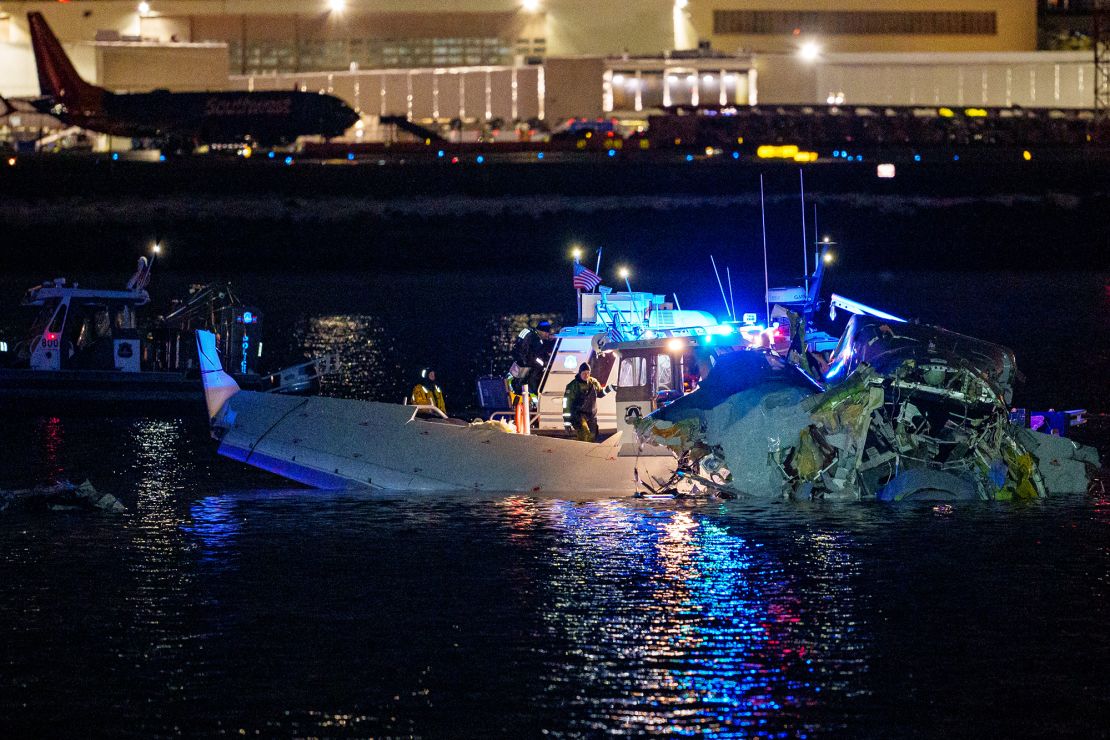At the end of September, Hurricane Ian brought catastrophic flooding and left behind immense damage to the Southeastern U.S. as 2.5 million Floridians evacuated their homes to escape the Category 4 hurricane. Some left their homes at the first sign of danger while others chose to fight out the natural disaster in their homes. Ian’s unrelenting rain created flooding surges as high as twelve feet and winds up to 155 miles per hour, leaving thousands of Floridians without houses. Many drowned from the high flood water levels, resulting in a death toll of 119 people. Ian is Florida’s most devastating hurricane since 1935 and the fifth largest hurricane ever to touch the United States. Rescue and repair efforts will continue through the year and likely in the years to come. The storm made landfall in Southwestern Florida and continued northwest on the Atlantic coast of the United States. While Ian left Florida as a tropical storm, it regained strength and hit South Carolina as a Category 1 hurricane, touching many beach towns and structures.
Among the cities and towns greatly impacted by Ian’s winds and waters, western Florida’s Lee County was by far the most affected. In the beach towns of Fort Myers, Cape Coral, Sanibel Island, and Captiva, the hurricane destroyed thousands of houses, shops, hotels, and other public buildings. The central area of Fort Myers, known as “Times Square,” was almost completely demolished. The Sanibel Causeway, which connects Sanibel Island with the Florida mainland, was decimated. The disconnection temporarily isolated 6,300 Sanibel Island residents. According to Governor Ron DeSantis, older and less structurally-sound coastal homes were most vulnerable to being swept away into the sea. DeSantis also said that Florida’s recovery from the hurricane would take years.
As much as 40 billion dollars may be needed to fully restore Florida and about 80 percent of both Fort Myers and Sanibel Island will need to be rebuilt, DeSantis said. Additionally, South Carolina’s Myrtle Beach estimates a total of 2.7 million dollars in damage, excluding the beachfront. Both Biden and DeSantis said that Hurricane Ian could be the “deadliest hurricane in Florida’s history,” considering the damage inflicted upon the state and the amount of restoration needed. President Biden ordered the federal government to cover the entire cost of removing the massive debris that remains, as well as any extra costs for emergency personnel. Citizens all across the United States can support the funding for the rehabilitation from Hurricane Ian by donating to hurricane relief organizations, volunteering for service projects, and supporting the Red Cross.












